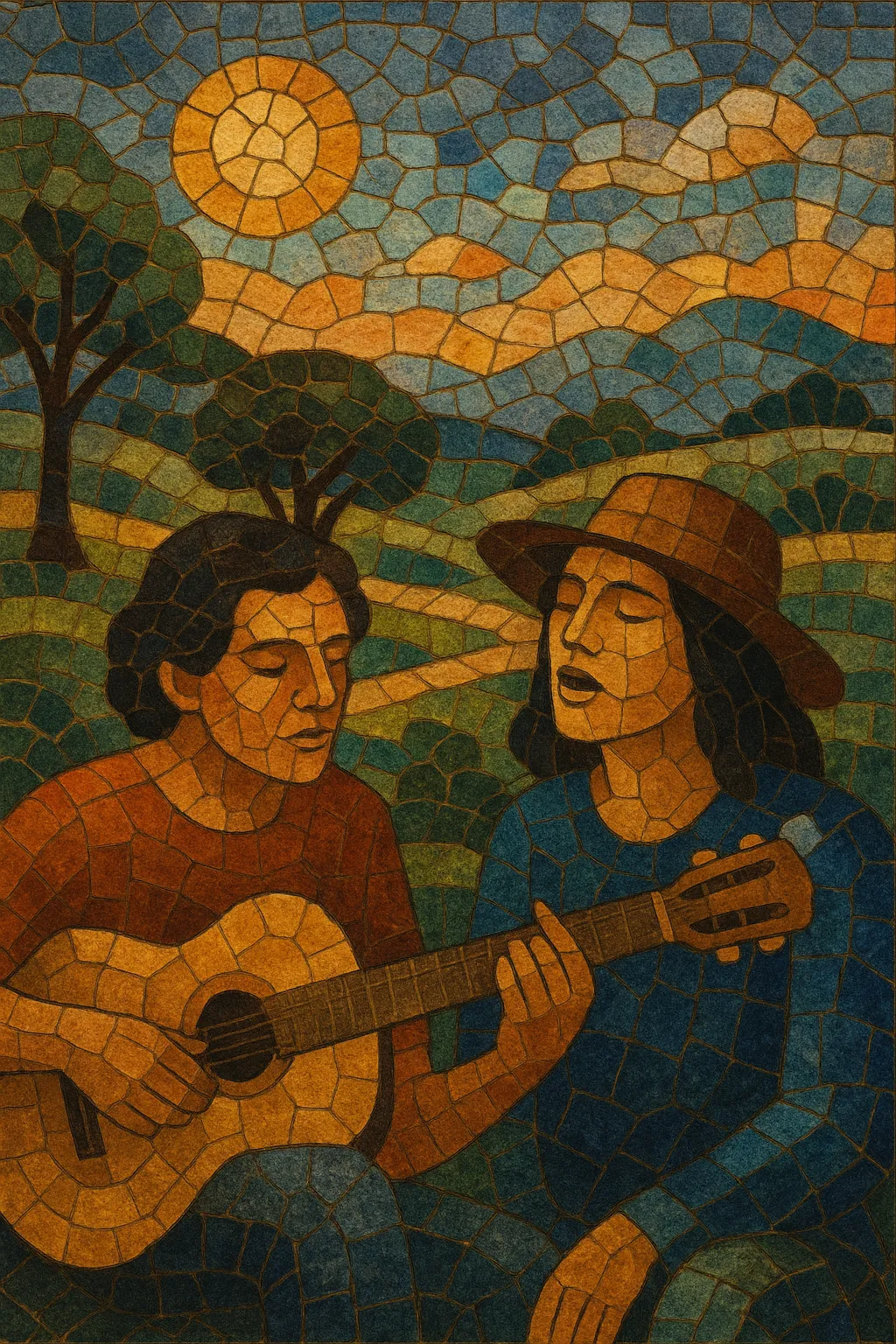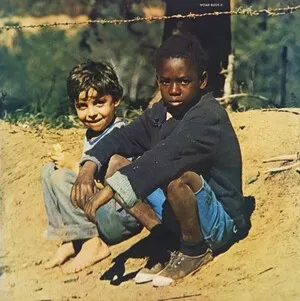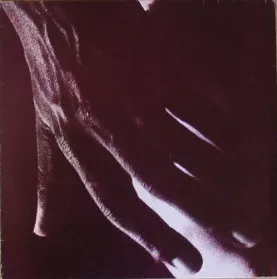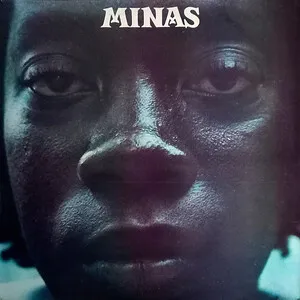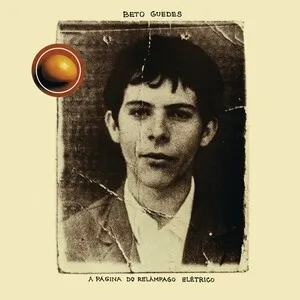Clube da Esquina is a Brazilian musical movement and songwriting style that emerged in the early 1970s in Belo Horizonte, Minas Gerais.
It fuses the poetic intimacy of MPB and bossa nova with Beatles-inspired rock, jazz harmony, folk-rock textures, and touches of psychedelia and progressive rock. The result is a warm, guitar- and piano-led sound with luminous vocal harmonies, sophisticated chord colors, and evocative, image-rich lyrics.
Its hallmark is the blend of regional Mineiro sensibility—pastoral, nostalgic, spiritual—with cosmopolitan arranging and harmonic daring. Songs feel dreamy yet grounded, tender yet harmonically bold, balancing lyrical introspection with melodic immediacy.
Clube da Esquina coalesced around a circle of friends in Belo Horizonte, Minas Gerais, led by Milton Nascimento and the Borges brothers (Lô and Márcio), alongside Fernando Brant, Beto Guedes, Toninho Horta, Wagner Tiso, and others. While influenced by the national shockwave of Tropicália (1967–68), the group pursued a more introspective, harmonic, and pastoral vision grounded in Minas’ regional identity.
In 1972, the double LP “Clube da Esquina” (credited to Milton Nascimento & Lô Borges) announced the movement with a stunning mix of MPB lyricism, Beatlesque melody, jazz-inflected harmony, and psychedelic/progressive color. The collective’s sound further crystallized on “Milagre dos Peixes” (1973) and “Clube da Esquina 2” (1978), alongside solo classics by Beto Guedes, Toninho Horta, and others. Arranger/keyboardist Wagner Tiso and lyricist Fernando Brant were pivotal to the movement’s sonic and poetic coherence.
Operating under Brazil’s military dictatorship, the movement often leaned on poetic ambiguity and pastoral imagery rather than overt protest. Its signatures include lush vocal blends, Rhodes and acoustic piano, nylon- and steel-string guitars with extended chords, subtly syncopated Brazilian rhythms (samba, baião, valsas mineiras), woodwinds/strings, and harmonically adventurous modulations.
Clube da Esquina reshaped Brazilian songwriting, informing later MPB and pop/rock from Minas and beyond. Its harmonic language and ensemble approach influenced generations of Brazilian artists, inspired the 1980s Vanguarda Paulista’s appetite for sophistication, and echoes today in Nova MPB, indie-leaning Brazilian pop, and global neo-psychedelic sensibilities.

